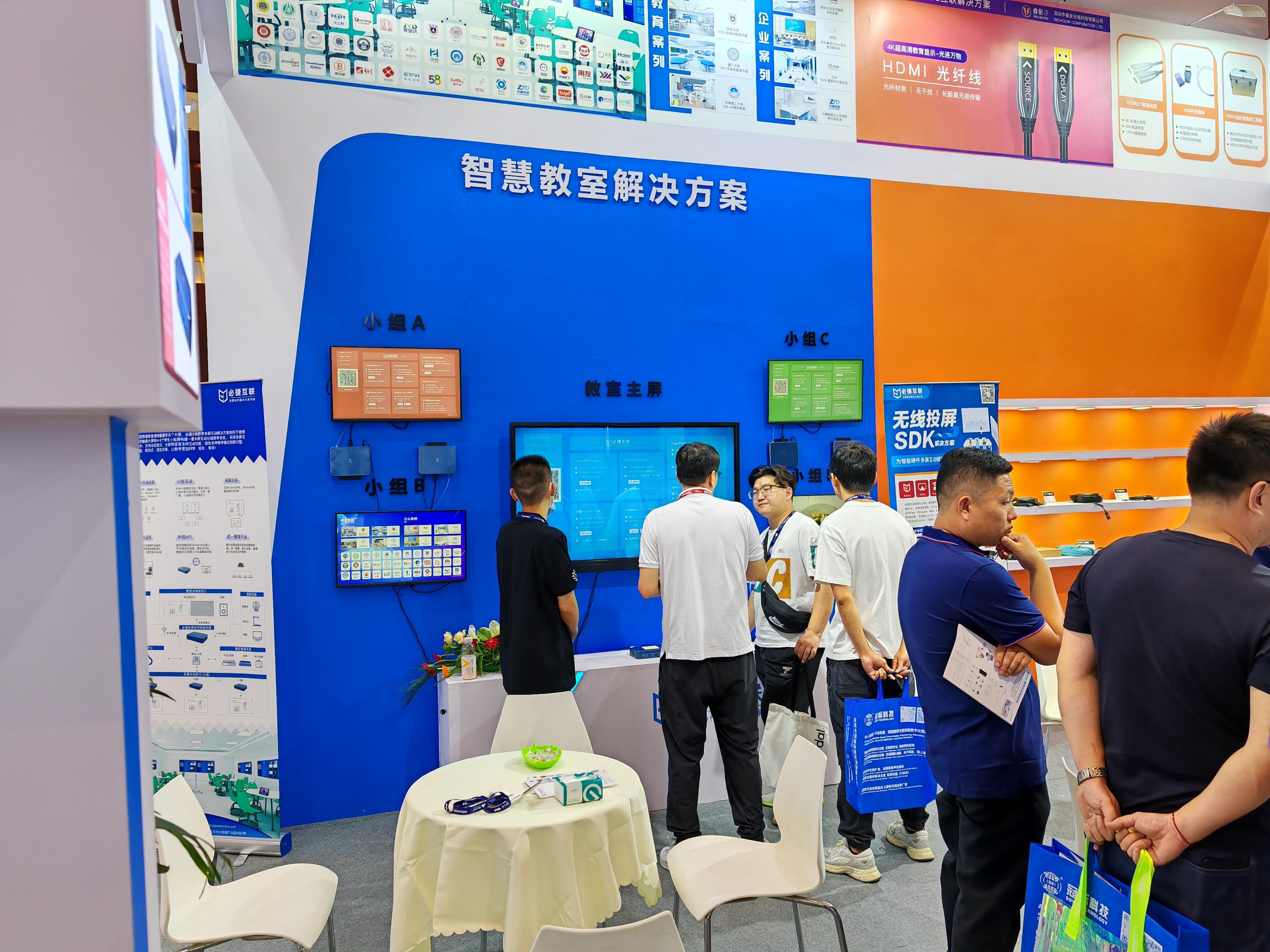Smart Classroom – New Modern Smart Teaching System
With the rapid development of technology, the field of education is also constantly undergoing innovation and transformation. As a new modern intelligent teaching system, smart classrooms have injected new vitality and possibilities into the education industry. This article will provide a detailed introduction to the concept, characteristics, applications, and development trends of smart classrooms.
The concept of smart classrooms
A smart classroom is a modern teaching environment based on advanced technologies such as the Internet of Things, cloud computing, big data, and artificial intelligence, integrating teaching equipment, learning resources, interactive communication, and other functions. It provides teachers and students with a more convenient, efficient, and personalized teaching experience through intelligent devices, network connections, and data analysis.

The characteristics of smart classrooms
- Intelligent devices: The smart classroom is equipped with advanced intelligent devices, such as smart projectors, electronic whiteboards, smart speakers, etc., which can achieve various teaching methods such as multimedia teaching and interactive teaching.
- Networked connection: through the Internet and the Internet of Things technology, the smart classroom realizes the interconnection between devices, as well as the sharing and interaction with external resources.
- Personalized teaching: Smart classrooms can provide personalized learning resources and teaching plans based on the learning needs and characteristics of students, promoting their personalized development.
- Data analysis and feedback: Smart classrooms use big data analysis technology to monitor and analyze students’ learning behavior, learning outcomes, etc. in real-time, providing teachers with more accurate teaching feedback and suggestions.
The application of smart classrooms
- Classroom teaching: Smart classrooms can provide richer teaching resources and more diverse teaching methods for classroom teaching, improving teaching effectiveness and student learning interest.
- Distance education: Through smart classrooms, functions such as remote live teaching and online interaction can be achieved, providing a more convenient and efficient teaching method for distance education.
- Practical teaching: Smart classrooms can provide functions such as virtual laboratories and simulation training, providing a more realistic and secure teaching environment for practical teaching.
- Autonomous learning: Students can independently choose learning resources and methods in smart classrooms, achieving personalized learning and development.
The development trend of smart classrooms
- Diversified applications: With the continuous development of technology, the application scenarios of smart classrooms will become increasingly widespread, not limited to classroom teaching, but also expanding to multiple fields such as distance education, practical teaching, and self-directed learning.
- Intelligent upgrading: In the future, smart classrooms will pay more attention to intelligent upgrading, and achieve more intelligent teaching and management through technologies such as artificial intelligence and machine learning.
- Interdisciplinary integration: Smart classrooms will promote the integration of different disciplines and provide students with a more comprehensive and in-depth learning experience.
- Internationalization development: With the acceleration of globalization, smart classrooms will also move towards the path of internationalization, providing more convenient and efficient teaching services for global education.
In short, as a new modern smart teaching system, smart classrooms have injected new vitality and possibilities into the education industry. In the future, with the continuous development of technology and the expansion of application scenarios, smart classrooms will play a more important role in the field of education.